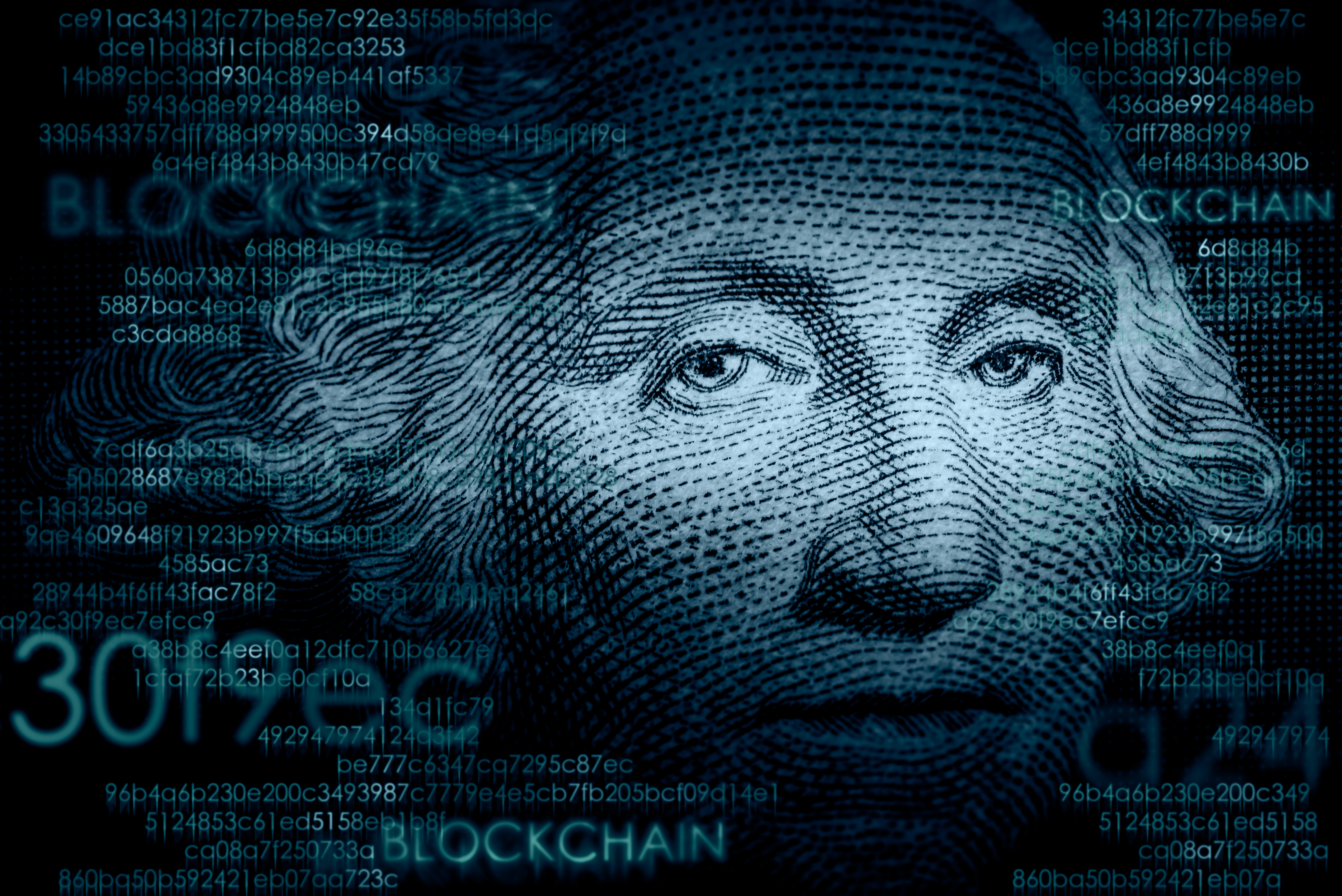In the crypto markets, liquidity usually begets liquidity. When a blockchain makes it easy to store and move safe assets, more capital shows up, more activity utilizing that capital follows, and the network itself becomes more valuable. That's exactly what's happening on XRP's (XRP 0.83%) ledger, the XRPL, right now.
Since the start of 2025, one all-important vehicle for liquidity on XRP's chain has grown by a tremendous amount -- approximately 34X, to be precise. It's almost certainly going to keep growing even more, too, and that'll attract even more capital. Here's what's going on, and why it makes this coin look even more appealing to buy and hold.

Image source: Getty Images.
This asset is a favorite among investors of all stripes
U.S. Treasury bills and bonds are among the most liquid and most-used assets in the traditional financial system. Everyone from gargantuan financial institutions to retail investors with tiny accounts loves to hold them because they're considered to be one of the safest ways to get a yield on nearly any amount of capital. There's also such a large market for them that there's effectively always a big cohort of willing buyers and sellers.
But crypto markets can't access Treasuries directly unless they're tokenized and held as a real-world asset (RWA) on a given blockchain. So for the many financial institutions adopting crypto as financial technology for their backend -- a niche that XRP and its ledger cater to -- one of the things they need is a chain with enough tokenized Treasuries to meet their needs, which tend to be substantial.

CRYPTO: XRP
Key Data Points
On that note, the supply of tokenized U.S. Treasuries on the XRPL has grown from a nascent category into an increasingly deep pool.
Starting from a total value of roughly $5 million at the start of the year and growing to reach nearly $170 million in mid-October, its on-chain tokenized Treasuries market is now 34X larger than before, and finally useful at institutional scale. Those Treasuries join other real-world assets which as a group are now worth about $365 million on the network, with a rising base of holders and increasing transfer volumes strongly suggesting that on-chain usage is broadening, as well as deepening into new types of assets. As usage increases, it'll encourage holders of large sums of capital to park that capital on the XRPL, as they'll have access to the financial tools they're accustomed to using in the traditional financial sector.
As favorable as the rapid expansion of Treasuries on the chain is, it's only one part of the story of why XRP is a coin that's worth buying.
The network's ability to settle transactions into cash equivalents like stablecoins is also becoming institutional-grade. Ripple's RLUSD (RLUSD +0.07%) stablecoin is now live on XRPL with a market cap of $873 million, thereby creating native liquidity that can pair with Treasury tokens for transaction settlement and collateral workflows, among others.
With those pieces falling into place, it's no surprise that banks are starting to plug in and onboard their assets. In mid-September, the asset manager Franklin Templeton teamed up with Ripple to enable eligible clients to exchange between a tokenized money market fund and RLUSD, with plans to permit its use for collateral. Again, this portends more capital arriving on the scene, which will increase the value managed by the XRPL and likely increase the price of XRP along the way.
The trend is very clear here
More tokenized cash equivalents and Treasuries mean more on-chain collateral to settle against, more reasons for financial institutions to keep balances on XRPL, and more throughput for providing custody services, credit, and on-demand liquidity. Whenever anyone takes any action on the chain, they need to pay for it using some XRP, a portion of which is burned and forever lost. Thus, as more assets are onboarded, and subsequently used for more activities, holders benefit directly by virtue of the coin's float decreasing, boosting the value of all the XRP that remains.
For investors, this process is the backbone of XRP's investment thesis, and it looks to be playing out just as envisioned. If asset issuers and banks keep onboarding, demand for XRPL block space rises, and with it the value proposition of the native token that secures and lubricates the system. Assuming Treasury capacity and deposits keep expanding in step with the broader RWA market, which is growing at a blistering pace in 2025, today's progress is likely a prelude to more successes rather than being a peak.
If you want to capture some of the value that's being onboarded to or generated on XRP's network, the easiest way to do that is to buy and hold XRP for the next few years. As the asset tokenization trend picks up speed -- and it looks like it's just getting started now -- the chain is well-positioned to grow by a significant amount as a result of institutional demand. That doesn't mean it's going to be immune to future drawdowns. But it does support the idea that if you buy it today, it'll eventually be worth quite a bit more.